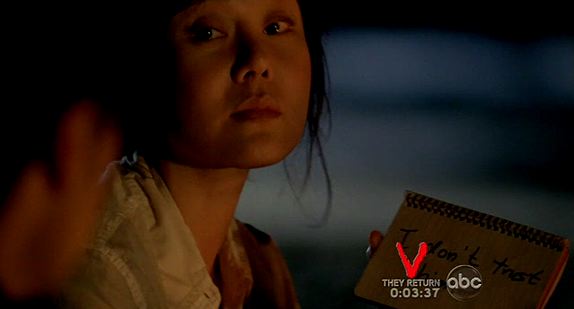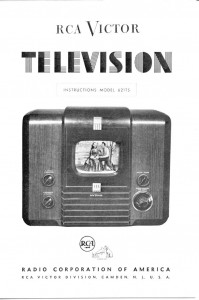Matt and I had a cool experience this morning — we were in the live audience for The View.
We used to watch the show back when Rosie O’Donnell was on, and then we watched it occasionally when Whoopi Goldberg and Sherri Shepherd joined, so it seemed like a cool thing to try to get tickets for. We’d signed up online for tickets a long time ago — maybe a year ago or more? And then a couple of weeks ago, we suddenly got two tickets in the mail for this morning’s live show.
We got to the studio around 8:45 in the morning, and they started letting us into the building about 20 minutes later. After showing our tickets and going through security, we had to wait in a holding area for an hour, until about 10:30 (that was the slowest, most boring part of the morning). Then they took us up to the studio in a small elevator.
I’ve been to a couple of TV show tapings before (The Daily Show and The Colbert Report), and I’ve seen TV studios a couple of other times in the past, and it’s always such a weird experience when you first walk into one, especially one you’ve seen before on TV. It’s so bright and shiny and chilly and simultaneously real and artificial.
The audience seemed to be about 95 percent female. We counted only a handful of men, and the few we counted seemed to be there with their wives. We seemed to be the only male couple, although there were one or two guys in the audience who might have been on our team.
We got to sit in the middle of the center section, third row, although there was a smaller section in the very front of the audience, so we were some distance from the stage area. A warmup comedian came out and trained us in applauding loudly and enthusiastically. And then at 11 a.m., the show began, and out came Barbara Walters, Joy Behar, Whoopi, and Sherri. Elisabeth Hasselbeck is out this week, which didn’t bother me; I was just psyched that Barbara Walters was there, since she only does two or three shows a week. She’s a television legend and it was cool to see her in person.
The sound in a TV studio is different than in a theater — it’s so crisp and clear, but sterile, with no reverberation. When the hosts were talking, we could hear them perfectly through their mikes. It was almost like watching them on TV. And since a camera was blocking my view of Sherri Shepherd, there were a few times when I did actually glance at the TV monitors above our heads.
Unfortunately, there were no celebrity guests. It was mainly a Day of Hot Topics, although the final segment did have non-celebrity guests: a family who had a daughter with a red blood cell deficiency and who then had another kid who was then able to donate some of his blood and cure her. Everyone in the audience got a copy of a new book about the family, The Match, on the way out. This is not a topic that really interests me, but, hey, free book, I guess.
At the end, we got our free book as well as a free tote bag filled with several bags of pita chips from a food company.
TV tapings are always fun. It was neat to think that what we were seeing live in person was simultaneously being seen on TV all over the Eastern and Central time zones. Women watching at home all over America, in Kansas, in Florida, in North Carolina, in Ohio… and later in New Mexico, and Idaho, and California, and Hawaii… in small towns and suburbs and cities far, far away from us.
TV is so cool!



